The air-conditioned modern office or apartment may seem like a sanctuary from the outside world’s extremes, but for indoor plants, it’s a battlefield. While humans relish the cool, dry air, our leafy companions often wither under these artificial conditions. The very systems designed to keep us comfortable are quietly sabotaging the plants we bring indoors to purify our air and lift our spirits.
Walk into any corporate building or contemporary home, and you’ll likely find the same tragic scene: once-lush pothos with yellowing leaves, peace lilies with brown tips, and fiddle leaf figs dropping leaves like confetti. These aren’t cases of negligent parenting but rather casualties of an environment fundamentally at odds with tropical plants’ evolutionary needs. The problem runs deeper than forgetful watering—it’s about how climate control systems create multiple stressors that compound over time.
Air conditioning’s most obvious assault comes through humidity—or rather, the lack thereof. Most houseplants originate from tropical regions where 60-80% humidity is the norm. Air conditioning systems can slash indoor humidity to desert-like 30% levels, forcing plants to lose moisture faster than their roots can replenish. The result is that familiar crispy leaf edge—a plant’s version of chapped lips. Certain species like ferns and calatheas might as well be hanging in a dehydrator, their delicate fronds curling inward as if trying to escape their own skin.
Temperature fluctuations present another invisible threat. While humans barely notice when the AC cycles on and off, plants experience these shifts as dramatic climate events. Many tropical plants evolved in environments where temperatures vary perhaps 5°C between day and night—not the 10-15°C swings common in climate-controlled spaces. This thermal whiplash stresses plants physiologically, disrupting their ability to perform basic functions like photosynthesis and respiration efficiently.
The constant airflow from vents might feel refreshing to us, but to plants, it’s an unrelenting windstorm. In nature, breezes come and go, allowing plants recovery periods. AC-generated airflow never stops, forcing continuous moisture loss through leaves (transpiration) while simultaneously chilling root zones. This double assault explains why plants near vents often decline fastest—their soil stays damp (because cold roots can’t absorb water efficiently) while their leaves dry out.
Light—already compromised in most interiors—becomes even less effective under AC conditions. Cool temperatures slow plants’ metabolic rates, meaning they can’t utilize available light as efficiently. That sunny windowsill might provide sufficient lumens in theory, but when combined with AC-chilled air, the plant essentially operates in slow motion, unable to process light energy properly. It’s like trying to read with sunglasses on in a freezer.
The solution isn’t simply watering more frequently—that approach often leads to root rot as chilled, waterlogged soil becomes a breeding ground for pathogens. Instead, successful indoor gardeners adopt strategic interventions. Grouping plants creates microclimates with higher humidity. Pebble trays provide localized moisture without overwatering. Strategic placement away from direct airflow makes a dramatic difference, as does selecting AC-tolerant species like snake plants or ZZ plants that evolved in arid conditions.
Some enthusiasts employ humidifiers, but these require careful calibration—too much humidity in a cool environment invites fungal issues. The most effective approach involves understanding each plant’s native habitat and replicating those conditions as closely as possible within our artificial ecosystems. A Madagascar dragon tree will always struggle in conditions ideal for a tropical monstera, just as a desert cactus suffers in fern-friendly humidity.
Commercial spaces pose particular challenges with their 24/7 climate systems. Some forward-thinking offices now install living walls with built-in irrigation and lighting systems, essentially creating sealed ecosystems within the larger artificial environment. At home, bathrooms often become unexpected plant havens—their occasional humidity spikes mimicking tropical showers that many houseplants crave.
The rise of AC-tolerant cultivars suggests growers are adapting to market realities. New hybrid varieties with thicker leaves or waxier coatings lose less moisture, while some traditional favorites get rebranded as "temporary decor" rather than long-term companions. This shift acknowledges the harsh truth—most interiors are designed for human comfort, with plants as aesthetic afterthoughts rather than respected living beings.
Perhaps the ultimate irony lies in our original motivation for keeping indoor plants. We brought them inside to purify our air and reconnect with nature, only to subject them to conditions more extreme than anything they’d face outdoors. The plants that survive our homes don’t do so because of our care, but despite our environments. They’re the resilient outliers, the botanical equivalent of extremophiles clinging to life in human-created ecosystems.
As climate change pushes temperatures upward, our reliance on air conditioning will only intensify. The future of indoor gardening may depend on either rethinking our built environments or accepting that synthetic plants might be the only greenery capable of thriving in the artificial worlds we’ve constructed. Until then, the silent struggle continues—leaf by yellowing leaf.
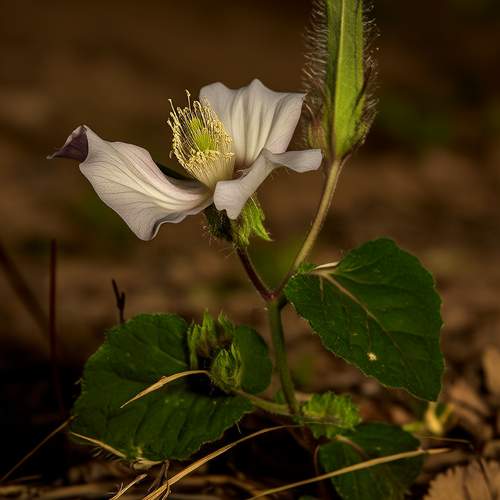
By /May 21, 2025

By /May 21, 2025
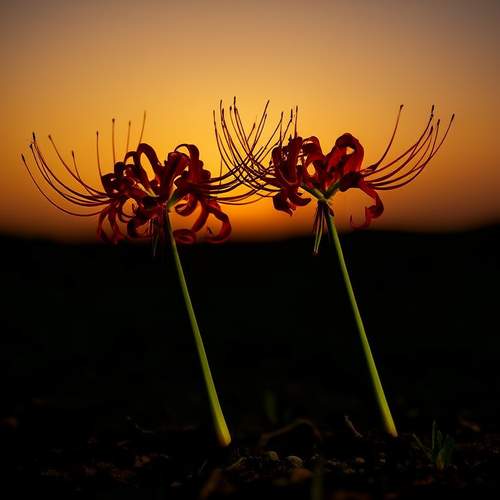
By /May 21, 2025
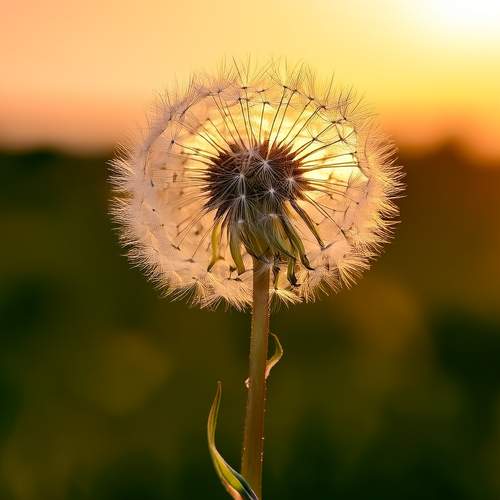
By /May 21, 2025

By /May 21, 2025

By /May 21, 2025

By /May 21, 2025
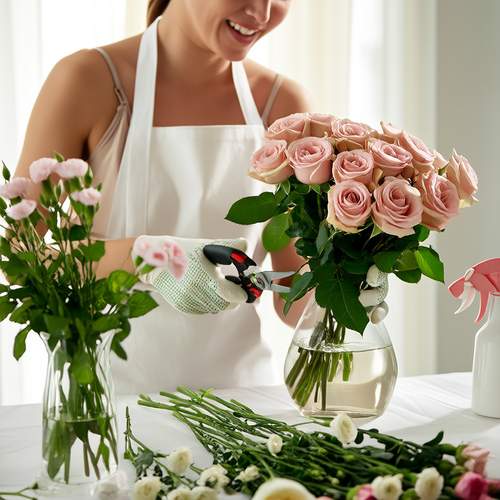
By /May 21, 2025
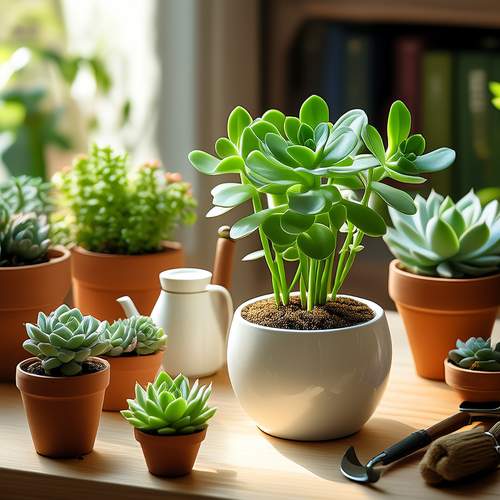
By /May 21, 2025
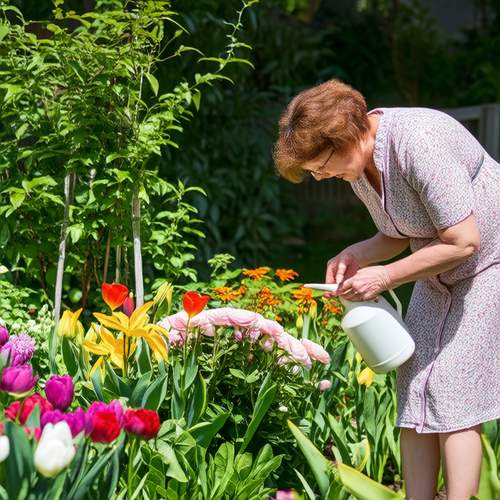
By /May 21, 2025
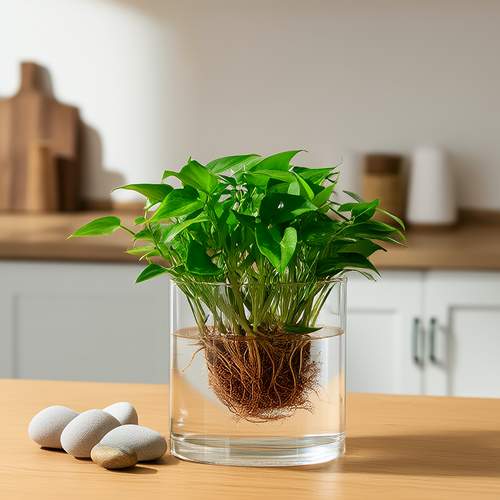
By /May 21, 2025
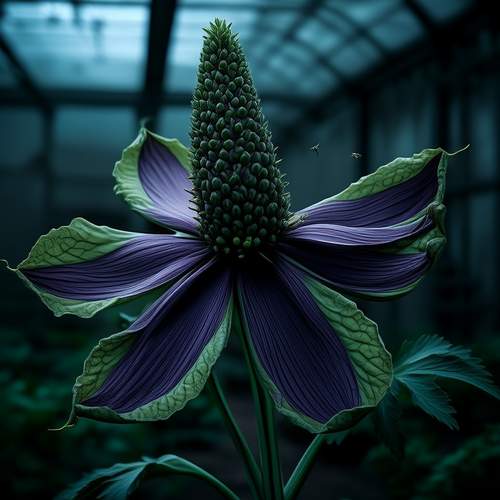
By /May 21, 2025
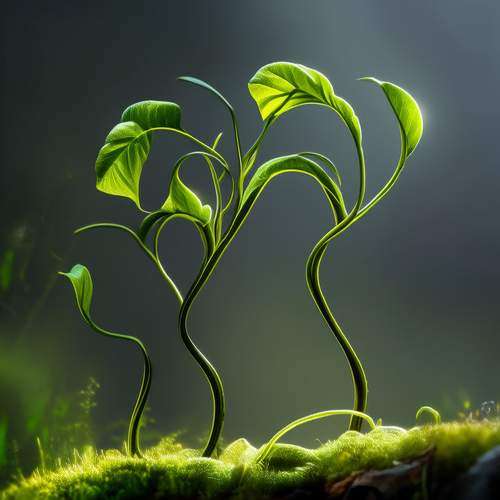
By /May 21, 2025

By /May 21, 2025
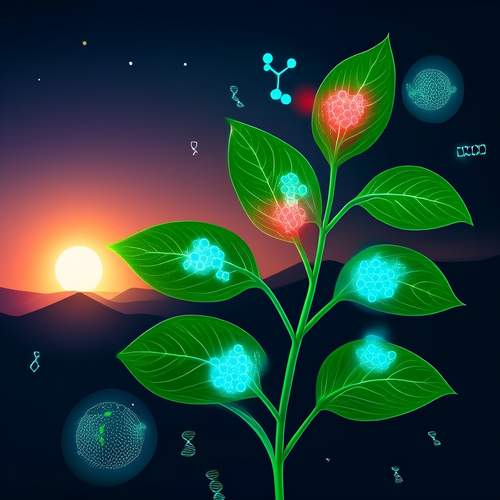
By /May 21, 2025
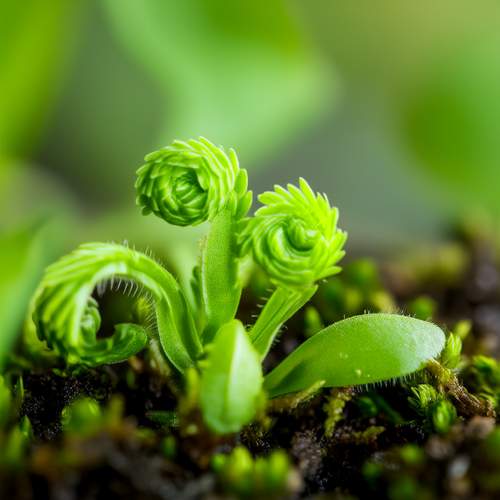
By /May 21, 2025
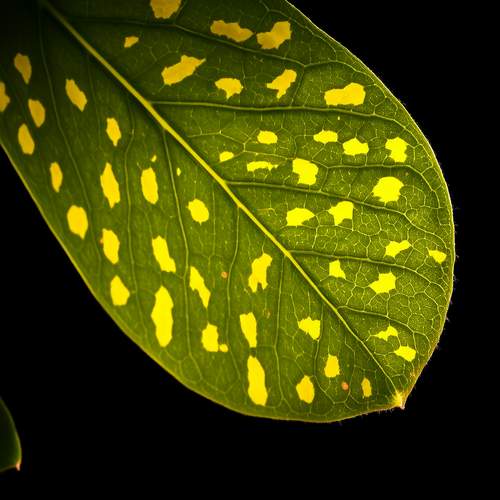
By /May 21, 2025
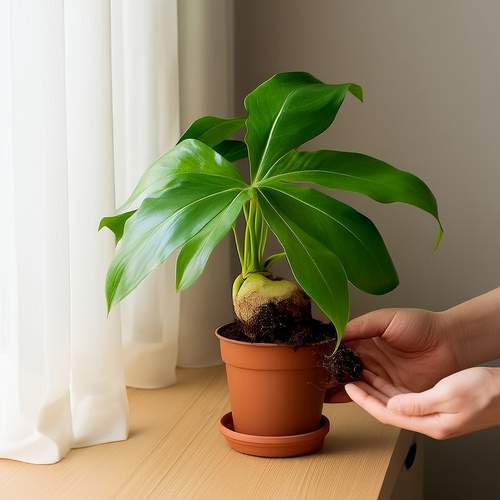
By /May 21, 2025
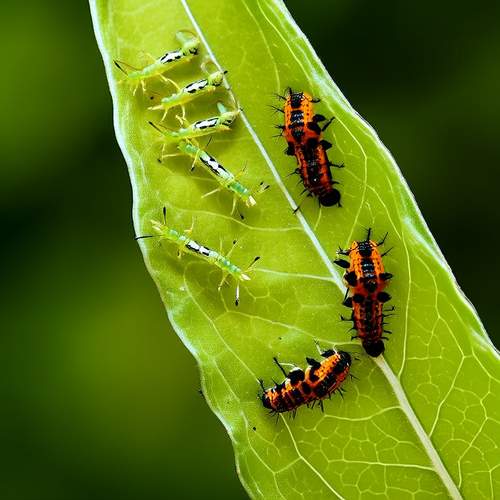
By /May 21, 2025
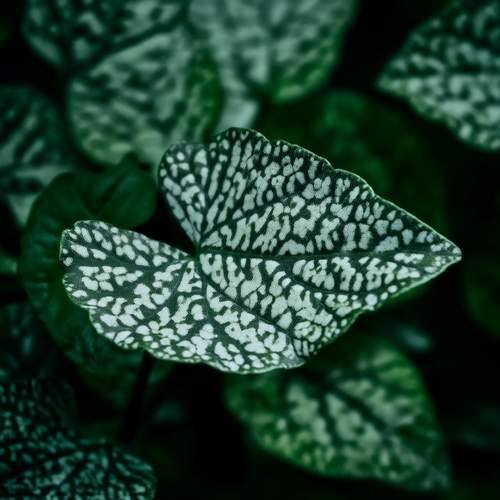
By /May 21, 2025